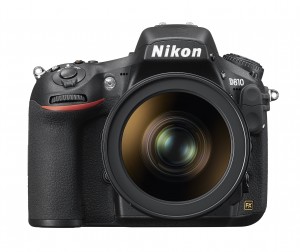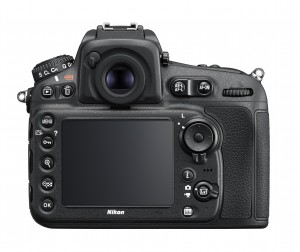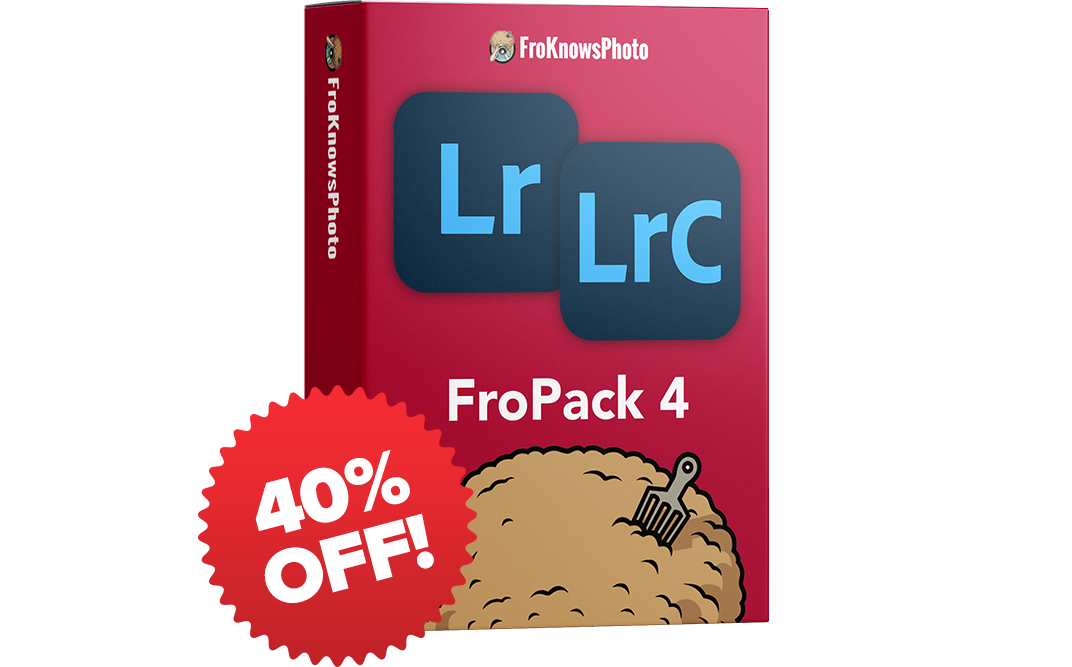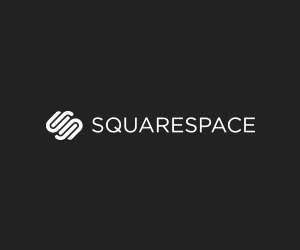Nikon D810 Preview
The Nikon D810 has effectively combined and evolved the features of the D800 and D800E. Those two cameras were revolutionary for their time and the Nikon D810 is now evolutionary. As with many mid product cycle updates the D810 takes features from it’s brothers before and builds on them.
 You have a new 36.3 CMOS sensor with no OLPF. The ISO range has been expanded to 64-12800 ISO with a Low 1 of 32 and an H2 of 51,200.
You have a new 36.3 CMOS sensor with no OLPF. The ISO range has been expanded to 64-12800 ISO with a Low 1 of 32 and an H2 of 51,200.
There is now an Expeed 4 processor which process the files 30% faster. That makes way for the 5 FPS in FX and 7 FPS in DX mode.
The Group Area AF mode has been added to this camera which makes it the second Nikon body to do so behind the D4s. This mode has worked out very well for me and should really help photographers who may have had issue with the D800s focusing.
Some people complain about the size of the RAW files and Nikon has finally added a RAW S or Small RAW file to the D810. Canon shooters have had this option for many years and it’s about time Nikon has found a way to do it in theirs.
Highlight Weighted metering may come in handy for some people. This will allow the camera not to be thrown off by the darker spaces away from a spot light situation.
 With the addition of the Flat Picture control setting you can now shoot your video flat and color grade it later.
With the addition of the Flat Picture control setting you can now shoot your video flat and color grade it later.
You can now capture video at 1080 60 FPS which means better slow motion playback for whatever you are shooting.
Those are some of the highlights that I thought were the most important about this camera. This is a nice step up from the D800. If you have your D800 and love it I don’t see a major reason for you to upgrade. If you need the extra ISO for whatever you are shooting, that could be a great reason to upgrade.
The price is set at $3,299.95 which was the same price of the D800E when it was released a few years ago. I purchase all of my Nikon gear from AllensCamera.com . Be sure to give them a call if you are looking for a D810, ask for the Fro Price.
THE POWER TO CREATE THE COMPELLING: THE NIKON D810 IS THE HD-SLR THAT DELIVERS UNMATCHED IMAGE QUALITY AND A TRUE CINEMATIC EXPERIENCE
With Extreme Resolution, Powerful Video Features and Enhanced Performance, the New Nikon D810 is the Essential Asset for Pro Photo and Video Applications
MELVILLE, NY (June 26, 2014 at 12:01 A.M. EDT) Today, Nikon Inc. announced the D810, the next benchmark in D-SLR image quality for professional photographers and cinematographers. The D810 features a brand-new 36.3-megapixel, full-frame FX-format sensor without an optical low pass filter (OLPF) for extreme resolution and staggering dynamic range. Bolstered by Nikon’s EXPEED 4 image processing engine, the D810 delivers enhanced response and performance for a wide variety of photographic, cinematic and broadcast disciplines. Whether photographing weddings, fashion or landscapes, shooting documentary-style cinema or video for broadcast, this is the one D-SLR that provides the ultimate in versatility and capability.
“Once a user experiences the intense level of fine detail they are able to render using the immersive resolution of the D810, it will be hard to imagine a project without it,” said Masahiro Horie, Director of Marketing and Planning, Nikon Inc. “When coupled with the amazing imaging capabilities of NIKKOR optics, the D810 becomes a powerful storytelling tool to create images and broadcast-quality video with unprecedented detail, dynamic range and sharpness.”
Nikon’s Greatest Image Quality Yet
The Nikon D810 is the pinnacle of D-SLR image quality, continuing to rival medium format cameras thanks to a variety of Nikon technologies engineered for professional image capture. At the core of the D810 is a brand-new, 36.3-megapixel FX-format (7360 x 4912 resolution) CMOS sensor that lets photographers wield the benefits of extremely high resolution, with rich tonality and a broad dynamic range. This super-high resolution gives professionals the power to capture with stellar sharpness, make massive prints or crop liberally with confidence. The OLPF has been removed to maximize the potential of every pixel, resulting in outstanding resolution and sharpness, yielding images that render subtle details with striking fidelity.
Image quality further benefits from the application of Nikon’s exclusive EXPEED 4 image processing engine, which also provides enhancements to overall performance while suppressing instances of false color and moiré. Photographing in the field or in the studio, users will see the difference with the ability to create stunning images with unprecedented clarity in gradation rendering, expanded dynamic range and high accuracy white balance. Additionally, EXPEED 4 enhances noise reduction performance, and helps to achieve a wider ISO range, from 64 to 12,800, to improve low-noise image capture in a variety of lighting conditions. The ISO range is also expandable from 32 (Lo-1) to 51,200 (Hi-2) letting the photographer shoot with maximum fidelity under studio lighting or confidently capture a faintly-lit wedding reception or other subjects in even the most challenging light.
Nikon has also implemented a myriad of new features aimed at improving overall image quality for all types of photographers. Nikon’s Advanced Scene Recognition System with the 91,000-pixel 3D Color Matrix Meter III provides unbelievably balanced exposures in difficult scenes. The system analyzes each scene to recognize factors such as color, brightness and human faces with startling precision to determine what type of subject a user is shooting. The system then compares all the data using an image database to adjust exposure, AF, auto white balance, i-TTL flash control and enhances subject tracking.
Further enhancing the D810’s image quality, a “Clarity” setting has been added to the available Picture Control adjustment parameters, which adjusts mid tones to enhance details within an image. To help preserve the most amount of detail in shadows and highlights, the new “Flat” Picture Control Profile is now available. This Picture Control Profile allows both photographers and filmmakers to get the widest tonal range out of their cameras for maximum flexibility in post processing. For further customization of Picture Controls, users are now able to make adjustments in .25 step increments for the maximum level of custom color, saturation and brightness levels. Additionally, the D810 employs a new highlight-weighted metering option, which detects the brightness in a scene and determines optimum exposure, preventing blown-out highlights, which is ideal for stage and performance capture.
Video Features Fit for Production
The D810 has powerful video features that make it a valuable tool for any production environment. Whether a user is looking for manual control for pro video application or portability and lens selection for episodic broadcast, the D810 delivers a truly cinematic experience with a wide range of professional-oriented features:
Broadcast quality video: Full HD 1920 x 1080 video capture at a variety of frame rates, including 60/30/24p.
Versatile crop modes: FX and DX crop modes give users a telephoto boost when needed, a feature that has been very popular with camera operators because of its added flexibility on set.
Flat Picture Control profile: This neutral color profile is ideal for video and gives the user maximum flexibility in post-production. HDMI output: The D810 can relay uncompressed digital video to an external recorder via HDMI, while simultaneously displaying the video on the rear LCD display and external LCD monitor. Operators can now also record both to the internal card (compressed) and to the external recorder (uncompressed) simultaneously.
Smooth in-camera time-lapse and interval timer: Like the Nikon D4S, the D810 uses an auto-exposure setting to help create super-smooth exposure and tonal transitions for professional results with time-lapse and interval-time shooting.
Audio control: The D810 features a built-in stereo microphone, and an external microphone can also be attached, such as the Nikon ME-1. Additionally, wide and voice frequency ranges are also now available for audio capture.
Expanded ISO for video: The ISO range is expanded for video, now encompassing a clean ISO 64 to a versatile 12,800. The Auto-ISO function is also available while recording to adapt the exposure as the light changes, which can eliminate the need to adjust the aperture (in manual mode, ISO 200- 51,200).
Zebra stripes: A zebra pattern can be displayed during live view, making it easy to spot overexposed areas.
Highlight weighted metering: This new setting helps to prevent blown-out highlights in video. This is especially useful when capturing spot-lit stage performances or shoots with harsh directional lighting.
Full manual control: With the innovative Power Aperture setting, it is simple to adjust the exposure and depth of field on the fly while recording to an external recorder or SD/CF cards. In manual mode, users can also control shutter speed and ISO while recording. Additionally, white balance and exposure compensation can be adjusted prior to recording.
Full time AF: The Live View AF has been improved, and now provides faster full-time AF (AF-F mode).
NIKKOR lenses: Cinematographers and filmmakers are supported with more than 80 NIKKOR lenses, many of which are a popular choice for cinema applications because of their brilliant optical quality and characteristics.
Accuracy and Speed
With the ability to brandish the results of such staggering resolution, accuracy and precision become paramount as the need for razor-sharp focus is critical. The D810 renders every subtle detail and nuance in epic clarity, with the enhanced Multi-Cam 3500-FX AF sensor module that utilizes new AF algorithms for fascinating precision, even in challenging light. The focus system also has 15 cross-type AF sensors for enhanced accuracy, and works with the Advanced Scene Recognition System to provide accurate face detection even through the optical viewfinder. The camera also utilizes 11 cross-type sensors that are fully functional when using compatible NIKKOR lenses and teleconverters (aperture value up to f/8), which is especially useful for wildlife photography. In addition to normal, wide area, face tracking and subject tracking modes, the D810 also features the new Group AF mode for enhanced accuracy, even while tracking subjects.
Despite the D810’s immense imaging power, it will astound with its rapid response and speedy performance, thanks to the implementation of the EXPEED 4 image processing engine. The addition of EXPEED 4 allows for an overall 30% boost in performance, as well as a faster burst speed and enhancement to overall energy efficiency. Now the D810 is capable of shooting at 5 frames-per-second (fps) at full resolution and 5:4, 6 fps in DX or 1.2x modes, (15.4-megapixel, 25.1-megapixel, respectively), and 7 fps in DX mode (15.4-megapixel), with battery pack. For full workflow versatility, the D810 also gives users the option to shoot in full resolution 14-bit RAW/NEF file format or the new RAW Size Small format. This 12-bit file format is half the resolution and approximately 1/4 the file size of full RAW files, for increased flexibility when speedy downloads are desired or memory space is at a premium.
Refined Controls and Construction
From all day in the studio to an extended assignment in the field, the D810 has been engineered for superior comfort and operability. When looking through the wide and bright viewfinder with 100% coverage, users will see shooting data displayed on an organic EL display element for maximum visibility. The viewfinder now also features a prism coating for enhanced clarity. In addition, the grip has been refined for comfort and ergonomics, and the “i” button has been added for quick access to common mode-dependent settings.
Both photographers and videographers will clearly see the benefits of the new high-resolution (1229K-dot) 3.2-inch LCD screen, which makes it simple to check focus, review images or compose a scene. The color space of the LCD screen can now also be fully customized, a feature that is useful for matching monitor or print calibration settings. Using the high-resolution LCD screen, users can also activate the new Split Screen Display Zoom function. This new mode magnifies two separated points on the same horizontal line, making it easier to confirm the two points are both level and in focus; a true advantage for architecture, industrial and landscape photographers.
Inside the durable magnesium alloy structure of the D810 improvements have also been made, including the use of a redesigned mirror sequencer / balancer unit, which minimizes vibration during shooting to increase sharpness during multiple frame bursts. Additionally, the electronic front curtain can now act as an electronic front shutter when using live view or first composing through the optical viewfinder in mirror-up mode. This new feature is useful to attain exacting sharpness when shooting slow-shutter landscapes or astrophotography. The shutter unit has also been tested to 200,000 cycles for years of maximum reliability. For further durability, the body of the D810 has been thoroughly sealed and gasketed to resist the elements, reinforcing this camera’s role in extreme production environments.
Superior System Support
Such extreme resolution requires that no compromise be made on glass, and NIKKOR lenses are the perfect choice to complement the D810. With more than 80 FX and DX-format lenses available, NIKKOR lenses offer the ultimate in image quality with sharpness and faithful color representation that is second to none. To light a scene imaginatively, the D810 has a built-in flash and is compatible with Nikon’s acclaimed Creative Lighting System, including a built-in Commander mode for controlling wireless Speedlights. The MB-D12 battery grip is also available to give users both extra grip and extra power when it is needed most.
For wireless control, the D810 is compatible with a full range of Nikon’s remote systems, including the new wireless remote system with the WR-1 to trigger the camera remotely. This system uses radio frequency rather than infrared, eliminating the need for line of sight communication.
Nikon will also be making a Software Developers Kit (SDK) available in the near future for the D810. This SDK will give third party developers the resources needed to create applications and enhance the flexibility of the D810.



